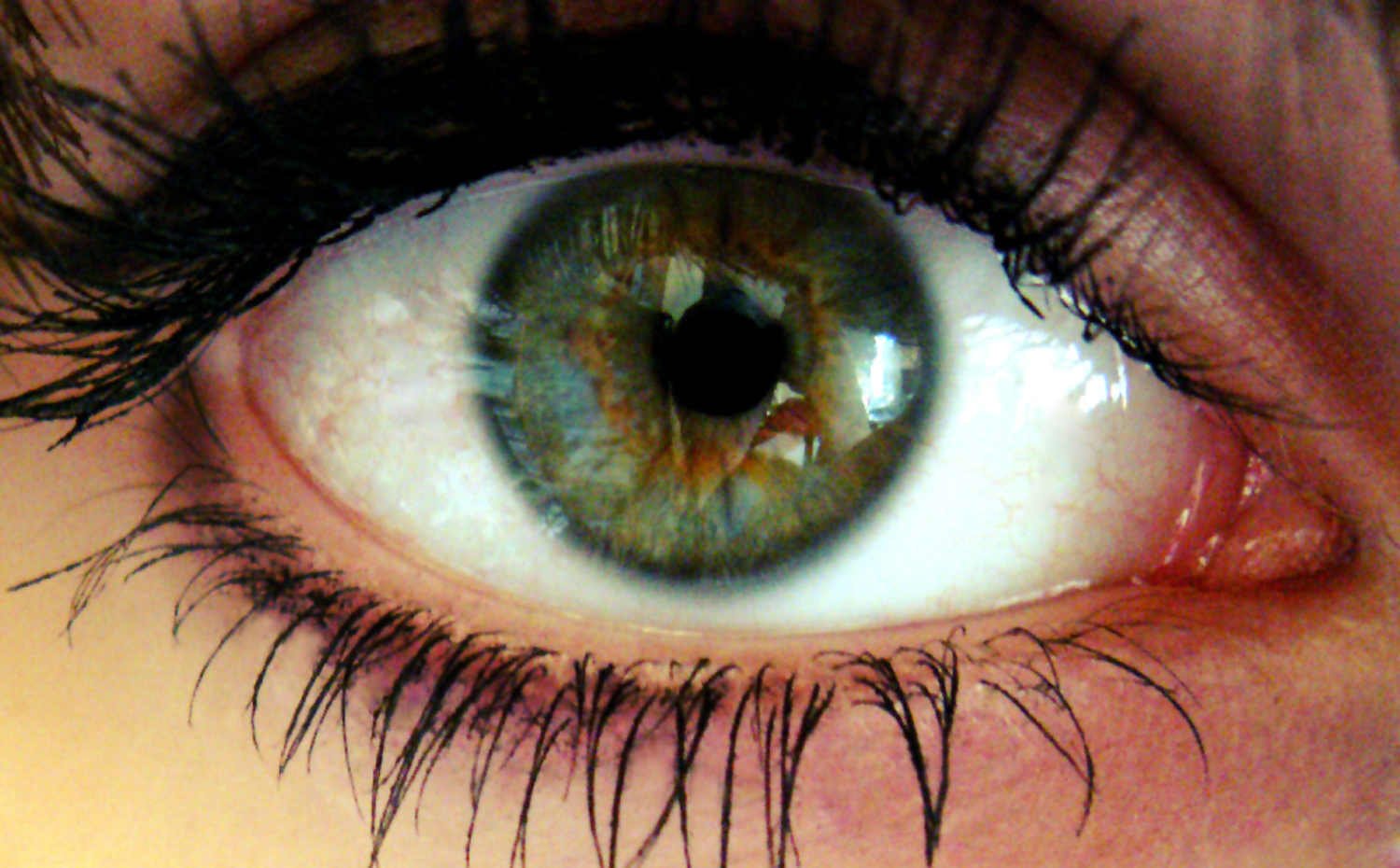Is that face male or female? Look into my eyes, not around the eyes...
Researchers in Massachusetts this week have discovered that the ability of our brains to determine whether a human face is male or female is affected by where in the field of view they appear.
So for example, a typically male face in the centre of our vision might be interpreted as a female face when it appears left-of-centre.
In the real world this isn't usually a problem because we have so many other cues about the gender of the face's owner. Features like hair, clothing and body shape can all contribute to our conclusions as to whether a person is male or female.
 The researchers removed all these extra cues and used computer-generated faces, which made a spectrum of very male to very female. These faces were shown in random order to study participants, of which there were 11.
The researchers removed all these extra cues and used computer-generated faces, which made a spectrum of very male to very female. These faces were shown in random order to study participants, of which there were 11.
Aresh Afraz and colleagues ensured that each face was displayed for 50 milliseconds and that the subjects kept their gaze fixed on the centre of the screen. The subjects were asked to assign a gender to each face. What they found was that, while gender judgements were consistent for those faces in the centre of the visual field, those faces lying off-centre received different judgements. And the tendency of each subject to judge an off-centre face as male or female seemed to be specific to the subject.
What Afraz think this means is that this comes down to how our visual cortex is organised. The visual cortex is the part of the brain that interprets images and inside it cells are grouped according to the part of the visual field that they interpret. So Afraz' conclusion is that the visual cortex has a limited number of neurons per visual field area that it uses to assign gender. If the image is small and is interpreted by one part of the visual cortex, it can come to a different conclusion than another part might make.
- Previous Aged by blood
- Next Jet-lag linked to forgetfulness










Comments
Add a comment